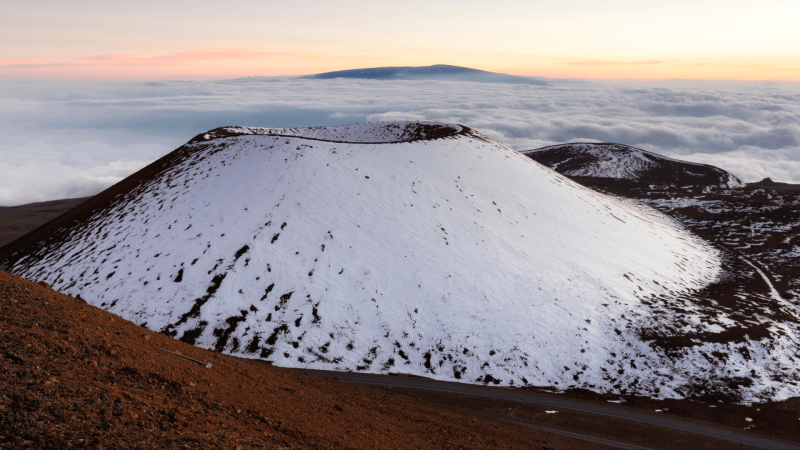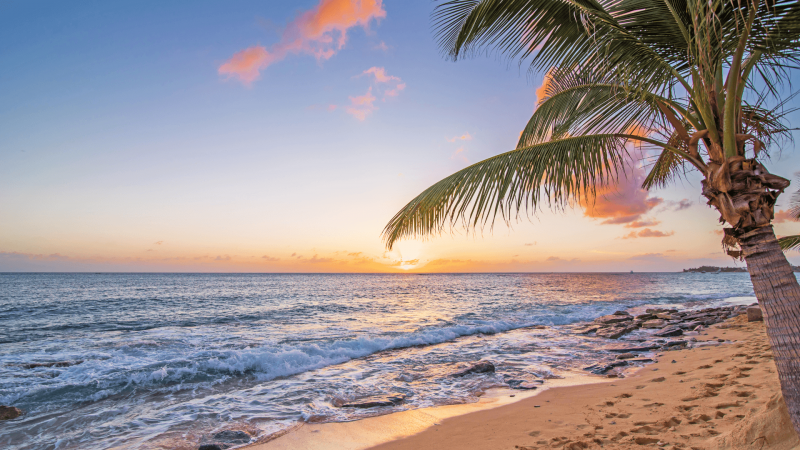Big Island of Hawaii – Most Ecologically Diverse Place in the Country
Hawaii is one of the most unique and ecologically diverse places on the planet. It’s no surprise that based on the Köppen classification system, the Big Island of Hawaii consists of 4 out of the 5 major climate zones and 8 out of 13 sub-zones. Can you name the 8 climate zones found on the Big Island of Hawaii?
The Big Island of Hawaii’s 8 independent climate zones are Humid Tropical (Continuously Wet, Monsoon and Dry), Dry (Arid and Semi-Arid) Climate (Both), Temperature Climate (Summer Dry and Continuously Wet), and Polar Climate (Polar Tundra).

Explanation of the World’s Climate Zones
There are five major climate zones in the world: Humid Tropical Climate, Dry Climate, Temperature Climate, Continental Climate, and Polar Climate. These five climate zones are split into 13 sub-zones.
Humid Tropical Climate
Continuously Wet: No dry season
Monsoon: Short dry season but sufficient moisture to keep the ground wet throughout the year.
Dry: Distinct dry season, this zone can be split into “summer-dry” & “winter-dry.”
Dry (Arid & Semi-Arid) Climate
Dry Arid (Desert): A true desert climate where evaporation rates are at least twice as high as the precipitation.
Dry Semi-Arid (Steppe): A grassland climate. Receives more precipitation than the desert climate.
Temperature Climate
Winter Dry: At least 10 times as much precipitation in the wettest months of the summer as in the driest months of winter.
Summer Dry: At least three times as much rain in the wettest month of winter as in the driest months of summer.
Continuously Wet: The difference between the wettest and driest month is less than for the above two climates.
Continental (Cold) Climate
Winter Dry: At least 10 times as much precipitation in the wettest month of summer as in the driest month of winter.
Summer Dry: At least three times as much rain in the wettest month of winter as in the driest month of summer.
Continuously Wet: The difference between the wettest and driest month is less than for the above two climates.
Polar Climate
Polar Tundra: Permanently frozen soil to depths of hundreds of meters with an average temperature between 32° F (0° C) and 50° F (10° C) during the warmest month.
Polar Ice Caps: Surface permanently covered by snow and ice. Average monthly temperature is below 32° F (0° C) during the whole year.

Weather on the Big Island of Hawaii
For a tiny Island with short drives from one location to another, Hawaii’s Big Island allows you to enjoy the various climate zones from nearby local beaches, exploring the tropical rain forests, or even experience the views from atop Mauna Kea or Mauna Loa.

More Information
For more information on unique real estate opportunities on Hawaii Island, please contact Carrie Nicholson, R(B), BIC, Director of Hawaii Life One – Big Island, (808) 896-9749 or Carrie@HawaiiLife.com.




John Ayer
August 11, 2023
Cool information about Hawaii Island, but it’s called the Temperate Climate Zone, not the Temperature Climate Zone. ; )